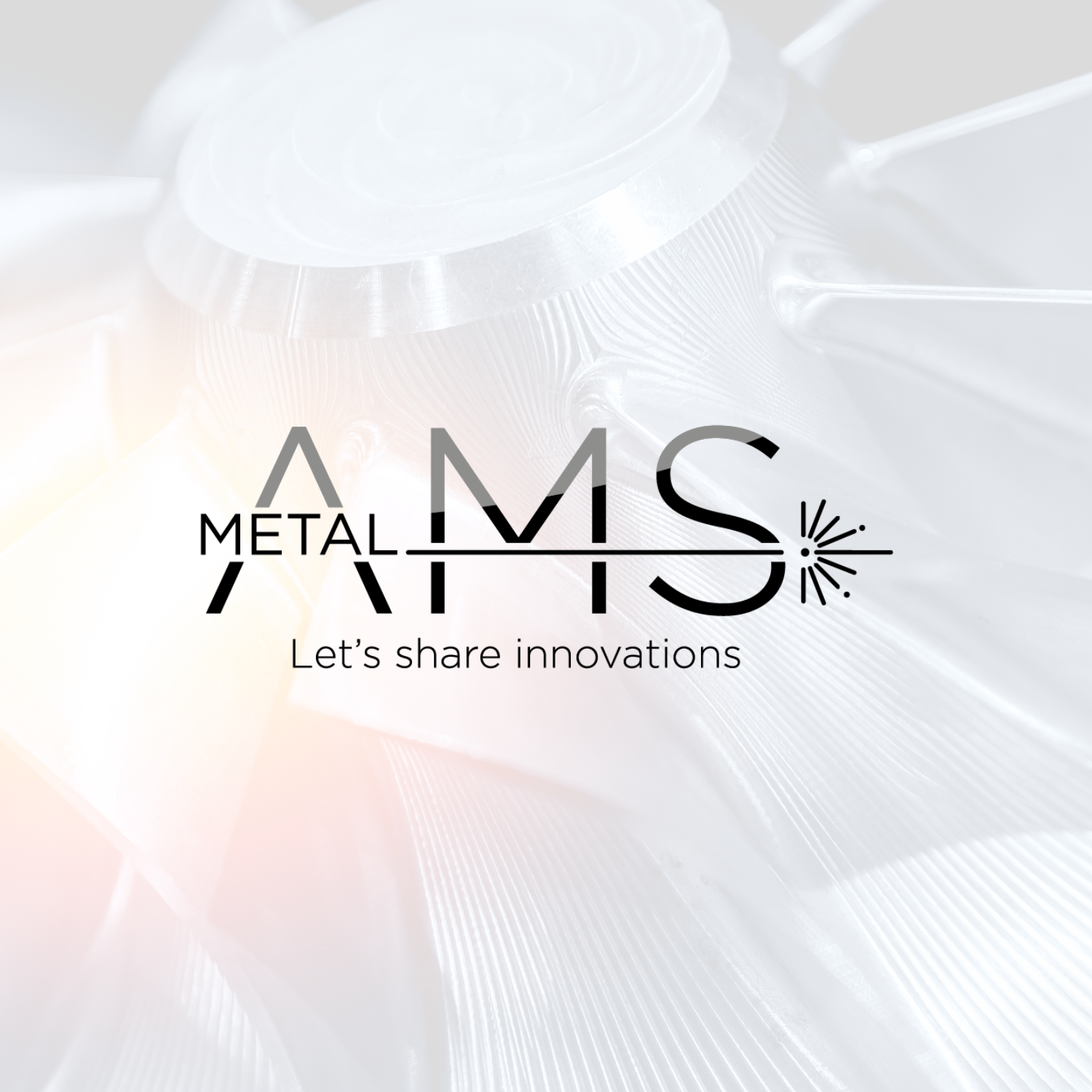6 - Study of oxide nanoprecipitate formation mechanisms in 316 L stainless steel produced by rapid solidification processes: gas atomization and Laser Powder Bed Fusion (L-PBF)/ effect on impact toughness.
Abstract
A lot of studies highlighted the excellent mechanical characteristics related to tensile strength and hardness of 316L stainless steel parts fabricated via additive manufacturing processes [1], [2]. However, properties like impact toughness and fracture toughness have often been neglected and not evaluated. In nuclear industry, parts manufactured using AM require a minimum impact toughness of 100 J. Unfortunately, AM materials tend to have a lower toughness compared to those produced using conventional processes (casting, forging) [3]. The decrease in impact strength is attributed to the presence of nano-oxides rich in silicon Si and manganese Mn on the fracture surfaces [3]. These nano-oxides are also localized on the surface of the powder[3], [4]. The actual influence of these oxides on material embrittlement still requires further investigation, as their formation mechanisms have not yet been completely identified and effective solutions to reduce their impact or eliminate them have not been found. The objective of this work is to characterize the nanoprecipitates in both the 316L powder particles elaborated by gas atomization (GA) and in the components manufactured using Laser Powder Bed Fusion (L-PBF) with these powders. These two processes (GA and L-PBF) have high solidification rates which could allow to identify the segregation mechanisms of oxide nanoprecipitates. Charpy impact tests will be conducted to confirm the influence of these nanoprecipitates on the reduction in impact resistance. [1] A. Chniouel, « Etude de l’élaboration de l’acier inoxydable 316L par fusion laser sélective sur lit de poudre: influence des paramètres du procédé, des caractéristiques de la poudre, et des traitements thermiques sur la microstructure et les propriétés mécaniques. », p. 157. [2] V. Sh. Sufiiarov, A. A. Popovich, E. V. Borisov, I. A. Polozov, D. V. Masaylo, et A. V. Orlov, « The Effect of Layer Thickness at Selective Laser Melting », Procedia Eng., vol. 174, p. 126‑134, 2017, doi: 10.1016/j.proeng.2017.01.179. [3] X. Lou, P. L. Andresen, et R. B. Rebak, « Oxide inclusions in laser additive manufactured stainless steel and their effects on impact toughness and stress corrosion cracking behavior », J. Nucl. Mater., vol. 499, p. 182‑190, févr. 2018, doi: 10.1016/j.jnucmat.2017.11.036. [4] B. Fleischmann et al., « Influence of particle size on surface oxide of 316L stainless steel powders for hot isostatic pressing », Materialia, vol. 22, p. 101405, mai 2022, doi: 10.1016/j.mtla.2022.101405.
Speaker

Salima Benrabah
Discover speaker profileConference
6 - Study of oxide nanoprecipitate formation mechanisms in 316 L stainless steel produced by rapid solidification processes: gas atomization and Laser Powder Bed Fusion (L-PBF)/ effect on impact toughness.
Date/Time
21/03/2024
4:05 pm -4:25 pm
Location
Room 8

